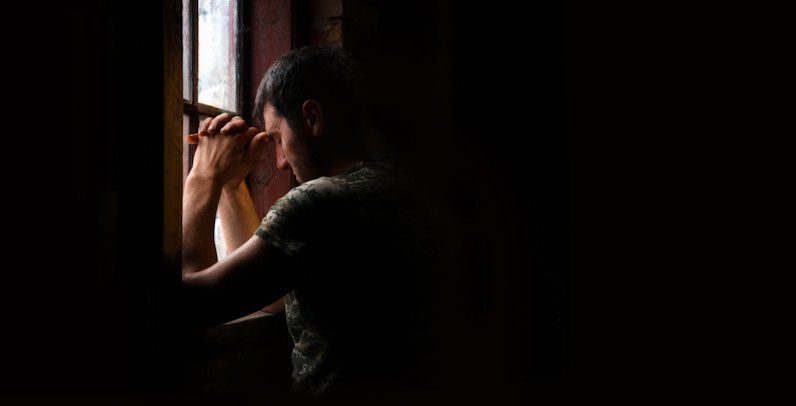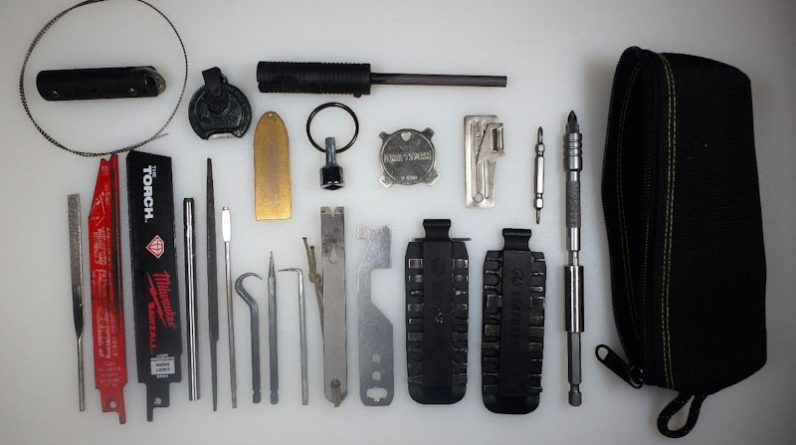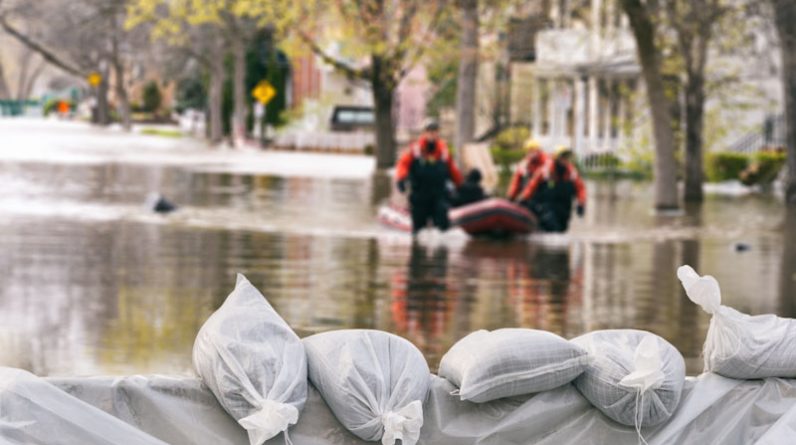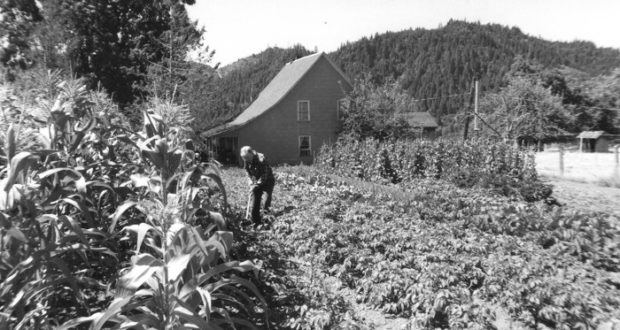The recent fires in Hawaii were surely a nightmare scenario. While there were obviously people to blame for what happened, especially people in their electric power company, there’s a pretty good chance that the disaster would still have happened, even if they had done everything right. When it comes to wildfires, it doesn’t take much to get one going… and once it’s going, it’s hard to stop or even control it.
A lot of wildfires are caused by nothing more than someone throwing a cigarette butt out the window of their car. Under favorable conditions, that cigarette butt burns out, without spreading fire to anything more. That’s probably what happens in the majority of cases. But in some small minority of cases, the cigarette butt finds the absolutely worst conditions, with lots of dry grass to act as tinder, starting a fire. Once started, that fire can and probably will consume anything flammable in its path.
Where I live, we can count on regular grass fires alongside the highways, started in just this way. It’s rather dry here, so the grass and weeds are most often brown, not green. They ignite quickly and there’s just enough wind to help them spread rapidly. Fortunately, the frontage road acts as an excellent fire break, preventing those fires from spreading much further. If those frontage roads weren’t there, the fires would have been drive by the winds, burning grasslands and farmlands, until they reached woods to consume. Fighting such fires is challenging, at best.
But cigarette butts aren’t the only cause of wildfires. Campfires, people burning debris, arson and a host of other culprits share the blame. The fires in Hawaii, as well as many of the wildfires in California, have been caused by electrical lines getting too close to vegetation, as the lines expand and sag from the heat generated by large amounts of electricity flowing through them. California’s struggle with this has been magnified due to poor forestry management.
That’s what caused the fires in Hawaii; but it wasn’t fire alone that turned that into a disaster. It was the combination of the wildfire and the 80 mph winds from a hurricane, 100 miles off the coast, which drove the fire to spread at an unprecedented rate.
There are plenty of stories floating around, about people who went into the ocean in an attempt to avoid that fire. Those people were lucky, in that they were close enough to the water that they could outrace the approaching fire. But with the fire being driven along at 80 miles-per-hour, there were few who actually had that option. The death count is still not complete as of this writing, but stands at over 100 people. That makes it the deadliest wildfire in US history. But there are still over 1,000 people missing, at least some of which are likely to be dead.
In case I wasn’t clear about it, the real danger in this disaster was the combination of two different things, both of which could be called disasters. Had the winds not been so high, the fire would not have spread so quickly, giving people time to get out of its way.
We all have a tendency to look at disasters as isolated events; but they rarely are. A hurricane alone presents more than one deadly problem, between rain, wind and flooding. If something else is going on at the same time, the danger becomes exponentially greater. Such dangers aren’t just added together, they multiply each other, producing conditions that are orders of magnitude more dangerous.
Be Aware of the Dangers
Living in a hurricane zone, I spend half the year watching the weather reports and checking the National Hurricane Center’s website. While only a very small percentage of hurricanes and tropical storms ever come to where I live, the few that do can be enough of a problem that I need to keep myself constantly aware. It’s much easier to survive such a storm when we’re ready for it, both in a general sense and a specific one. It’s necessary to know when one is about to arrive, so that we can “batten down the hatches” to keep the wind from blowing things around; things that could end up hitting a window and breaking through.
The other big risk here is the fires I mentioned above. Because this is a very arid region, when there aren’t any hurricanes bringing us water, the chance of fire is high. Two weeks after moving into my home, there was a house fire behind my house. All that separated my neighbor and I from that property was a narrow alley, that was overgrown with weeds. Fortunately for us, the wind was blowing away from our homes and towards that property, even though the prevailing wind is from there towards us.
I was concerned enough that I was out there, soaking down my fence with the hose. Granted, that probably wasn’t enough water to do the trick, but it would be enough to extinguish a spark, which was about all I could hope for. If there was going to be more than a spark to deal with, I was out of luck.
You probably don’t live with the same risks that I do; but that doesn’t matter. I’m sure that wherever you are, there are risks of one sort of disaster or another. Living there, I’m sure you know what they are. The next thing is to learn the things which create an ideal environment for those disasters to occur. Those conditions are what you want to be watching for, not just the disasters themselves. When the conditions are right for creating the disaster, heighten your awareness of the disaster coming. That should serve to keep you from being caught off-guard.
Ready for the Impossible
There are some disasters we can’t prepare for, at least not if we go by the usual definition of preparing. I don’t care how well anyone stockpiled for a disaster in Maui, they probably weren’t ready for the wind-driven fire that they experienced. The same can be said for the residents of Paradise, California, when the Camp Fire swept through their town, burning it to the ground.
Firefighters who fight forest fires typically use fire breaks, whether created by bulldozers or by burning off an area before the fire can get to it. In either case, the idea is to deny the forest fire the fuel it needs to keep going. Such a strategy could work for your home as well, if you had enough land and enough time to prepare such a fire break.
Preparing to survive these large fires, like preparing to survive flooding and earthquakes, is extremely difficult. In many cases, bugging out might actually be a better option than bugging in. But it may be extremely difficult to bug out, when we’re talking about disasters that can happen in a moment, without any true warning. In that case, you’ve got to have someplace for your family to ride out the disaster, where they will be safe from harm. That someplace will likely be in or around your home.
In most cases, this is extremely challenging, as developing a workable plan for surviving any of these disasters is difficult at best. That difficulty is multiplied when they are taken together. But we must keep in mind that there’s a high likelihood of them coming together. Hurricanes cause flooding; earthquakes often cause fires; other such combinations aren’t as rare as they may seem.
Surviving flooding requires getting to a place where the floodwaters can’t reach you. That might be on your own property, surrounded by sandbags or other barriers; but it surely wouldn’t be in an underground bunker. Surviving a fire, while staying in place, is even more complex, especially when we look at the results of the Camp Fire in California. That fire burned 1,200 buildings to the ground, consuming every available bit of oxygen to do so. Anyone who tried to stay in town, perhaps in an underground bunker, would probably suffocate, if they didn’t have an adequate supply of oxygen to breathe, which couldn’t be drawn out by the fire.
Earthquakes generally strike hard and fast, without any warning or indication of how severe they will be. Building an earthquake-proof home is not only difficult to do, but expensive as well. About the best protection you can find are the beds which are designed to automatically drop you and the mattress down into a protective vault, in the case of an earthquake. While rather expensive, they can help ensure your survival.
Of course, the actions you need to take are largely dependent on the disasters you might face. While we mostly put our efforts into preparing for either simpler disasters or TEOTWAWKI events, I would suggest that a small portion of your efforts, perhaps five or ten percent, should be focused on these really challenging situations which can come upon us quickly and end our lives just as quickly. Fortunately, these are the types of things where we usually only need to do one thing, one time, even though it might be one large thing, to ensure our safety. They aren’t the type of thing where we’re going to have to continue adding to it, like building a stockpile.
Whatever you do, don’t think in terms of just one disaster at a time. As we can all see from what happened in Hawaii, when disasters come together, it’s much harder to survive. We saw some of the same during the COVID-19 pandemic, with various smaller disasters hitting while the pandemic was going on. The world doesn’t provide disasters in a neat fashion, we need to be ready for her to throw multiple things at us, at the same time.









